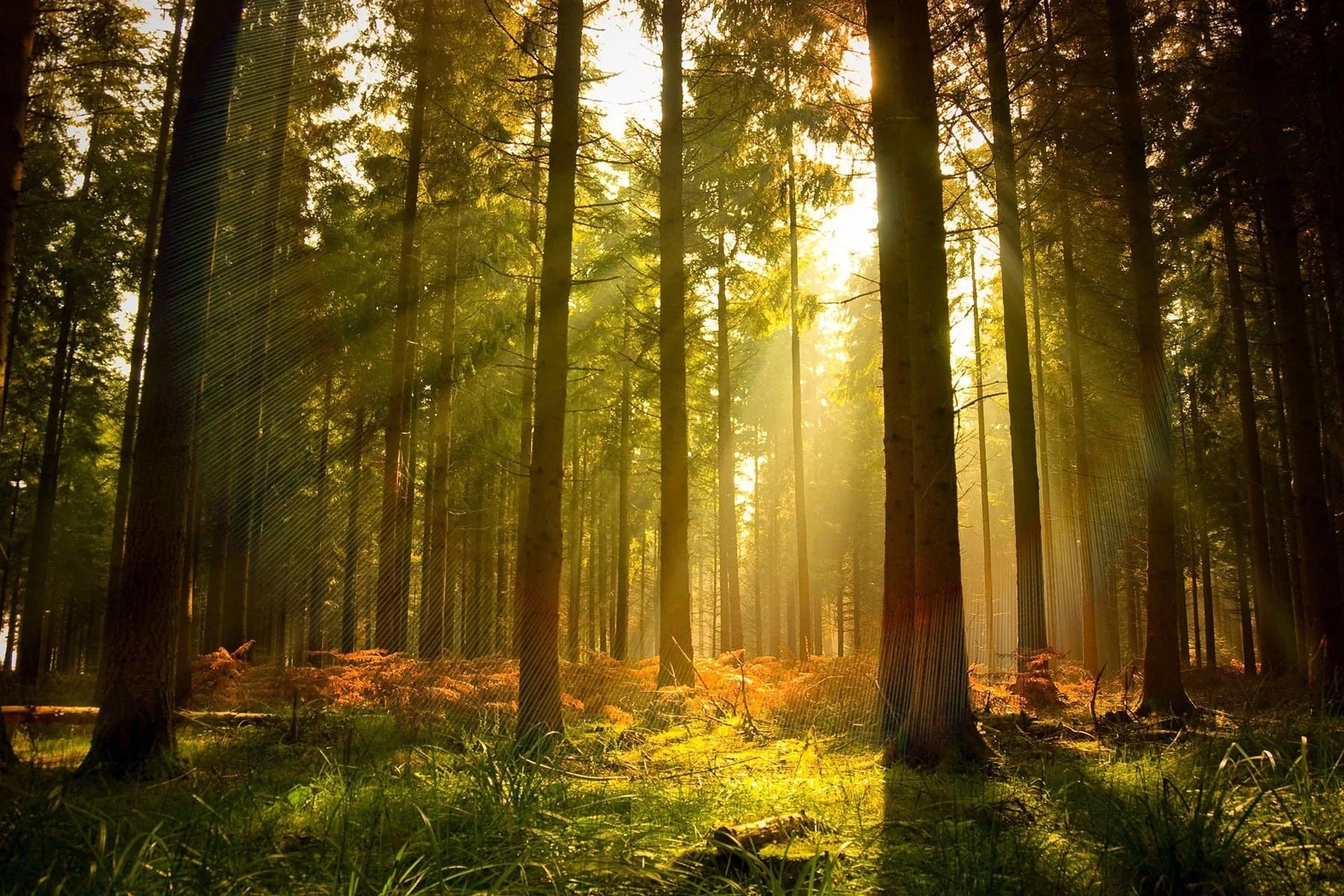Buzz Haven: Your Daily Dose of News
Stay informed and entertained with the latest buzz in news, trends, and insights.
Snap Happy in the Wild
Discover the thrill of wildlife photography and unleash your inner photographer with tips, tales, and stunning snapshots in Snap Happy in the Wild!
Exploring Nature: Tips for Capturing Stunning Wildlife Photography
Wildlife photography allows you to connect with nature while capturing its beauty through your lens. To get started, it's essential to prepare yourself both mentally and technically. Begin by researching the species you want to photograph; understanding their behavior is key to getting those stunning shots. Additionally, invest in a good quality camera and a versatile lens with a wide zoom range. This will give you the flexibility to capture distant subjects without disturbing them. Remember to also consider the lighting conditions; the golden hours of dawn and dusk often provide the best natural illumination for your photographs.
Once you're out in the field, patience becomes your best friend. Wildlife can be unpredictable, so it's essential to remain still and quiet. Try using a tripod to stabilize your camera for sharper images, and remember to adjust your settings accordingly to account for rapid changes in light. When you finally spot your subject, take your time to frame the shot and compose your photograph thoughtfully. Lastly, always respect wildlife and their habitat by keeping a safe distance and minimizing your impact on their environment. Following these tips will help you create breathtaking wildlife imagery that tells a story.

The Best Gear for Photographing Wildlife: A Comprehensive Guide
Whether you're an avid wildlife enthusiast or a budding photographer, having the right gear is essential for capturing stunning images of nature in action. Wildlife photography often requires specialized equipment to adapt to unpredictable environments and lighting conditions. To get started, consider investing in a quality DSLR or mirrorless camera that offers fast autofocus and a high frame rate. Additionally, a versatile zoom lens, such as a 70-200mm or 100-400mm, will allow you to photograph animals from a distance without disturbing them. Don’t forget to invest in a sturdy tripod or monopod to stabilize your shots during low-light situations.
Beyond your camera and lens, other essential gear includes protective camera bags and weather-resistant coverings to keep your equipment safe in unpredictable weather. A good pair of binoculars will help you scout locations and observe wildlife from afar before capturing that perfect shot. Lastly, consider using photo editing software to enhance your images post-shoot, allowing you to bring out the best in your wildlife captures. With the right tools at your disposal, you'll be well-equipped to embark on your wildlife photography adventures.
FAQs About Wildlife Photography: Common Questions Answered
Wildlife photography can be both thrilling and challenging, prompting many aspiring photographers to seek answers to common queries. One frequently asked question is, 'What equipment do I need to start?' While camera gear plays a crucial role, the essentials typically include a DSLR or mirrorless camera, a telephoto lens, and a sturdy tripod. Additionally, it's advisable to have extra batteries and memory cards on hand to avoid missing spontaneous moments in nature.
Another common question pertains to the best practices for capturing stunning images of wildlife: 'How do I approach animals without scaring them away?' Patience and stealth are key. Photographers should strive to observe their subjects from a distance, use natural cover, and minimize noise. For those looking to improve their skills, attending workshops or joining photography communities can also provide invaluable tips and insights.